Over 40 per cent of all countries have fewer than 10 medical doctors per 10,000 people. In 2017, less than half of the global population was covered by essential health services. Ensuring healthy lives and promoting well-being at all ages is essential to sustainable development. Explore how your existing work links to SDG 3, and how you can deepen your engagement in ensuring health and well-being for all!



